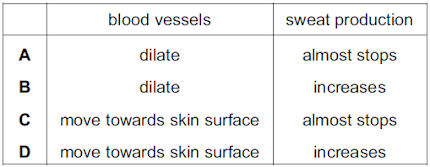IGCSE History Answers for the Inter-war years, the Cold War and the Gulf (1919-2000)
Questions for the Inter-war years, the Cold War and the Gulf (1919-2000) 👉 https://jasminejabasingh.blogspot.com/2021/03/igcse-history-questions-from-inter-war.html 1) The Inter-War years (1919-1936) was the period between the end of the First World War and the beginning of the Second World War, this period represented an era of significant changes worldwide. Jan-June 1919 The Paris Peace Conference: Allied Leaders met and drew up the Treaty of Versailles and other peace treaties. Jan-20 LON starts work. 1923 Crisis in Germany as France invades the Ruhr and inflation makes money worthless. 1925 The Locarno Treaties: Germany appears to accept the Treaty of Versailles 1926 Germany joined LON 1928 The Kellogg-Briand Pact 1929 The Wall Street Crash 1931-33 The Manchurian Cr...

